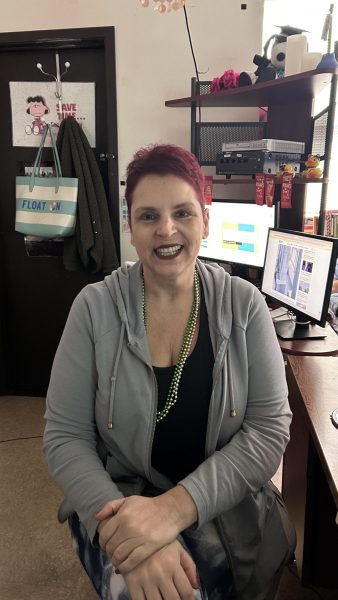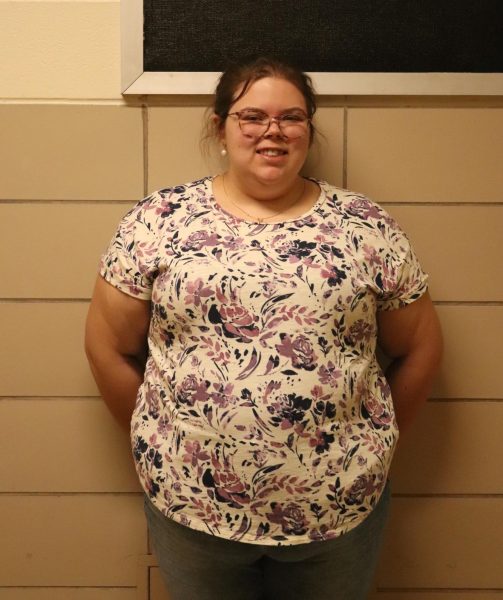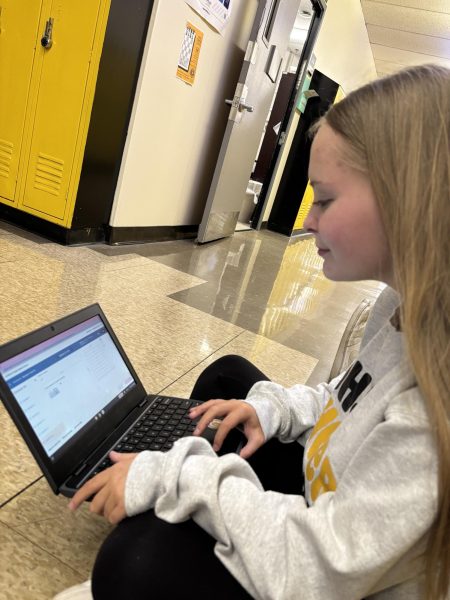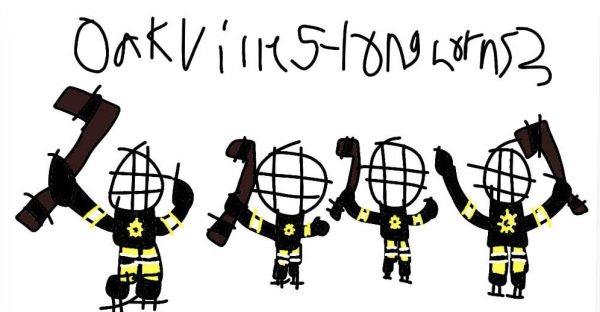Ariel Artis connects with herself, culture through traditional African dance
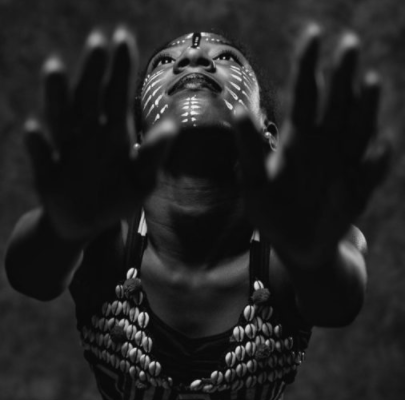
Ariel Artis celebrates diversity in dance and the beauty of her culture.
Dancing, like people, comes in a diverse spectrum of interesting and beautiful forms. From salsa to ballet to flamenco, dance seems to be a universal language that can connect people despite their differences.
After being introduced to African dance at age 11 by her family, Ariel Artis (11) found her means of expression and passion for learning through this traditional art form.
“Dancing makes me happy,” Artis said. “I feel like I can really be myself and express myself when I dance.”
Not only has Artis found a hobby and a creative outlet, but she has also learned to see a deeper side to her dance, understanding its cultural significance, and seeing the passion of those who celebrate their heritage in this way.
“The type of music is drumming: upbeat and loud,” Artis said. “The costumes aren’t leggings or a leotard. It is cultural, and it is really intricate and detailed. Lots of materials are used: wooden pieces, colorful fabrics and African-type print. Maybe some hanging beads or other decorations. One of my favorite costumes is a top with shells on it and a big fluffy shirt. We don’t ever wear shoes; we move our feet and legs a lot, and it’s more freeing to be without them. All in all, there’s a lot of love that goes into it.”
From rehearsals to costume fittings to performance, a lot of hard work, time and dedication goes into being a part of something meaningful. Through learning about and participating in this form of dance, Artis feels like she is better able to relate to her culture.

“I feel like dance has helped me better connect with myself and cultural identity. I’m African American, and I like supporting and doing more cultural things. I don’t have to do these things, but it is something I want to do,” Artis said. “It’s something that I enjoy doing and that helps me express my feelings in a way I’ve never experienced before. It’s really interesting to watch, and unique and different. I’m one of the only people I know that does African dance. It’s not just dance; it’s culture and so much more.”
When most people hear the word “dance,” they picture pop music and the contemporary dancing they have seen on popular television shows. Perhaps this misunderstanding and instant labeling of this art form has contributed to creating a more negative environment for those who participate in meaningful cultural practices via dance.
“I most definitely don’t feel like this type of dancing is celebrated as it should be,” Artis said. “African culture isn’t widely taught; it’s more taught in inner city schools. I really think African culture should be more recognized than it is currently.”
Artis feels that African dance has helped to broaden her understanding of the world and her identity within it, which others can achieve, too, when branching out into something new.
“It’s not bad to try new things or learn about things you don’t understand,” Artis said, “even if it is different.”
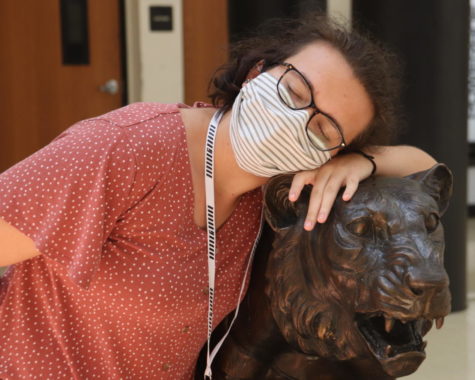
Hi y’all, I’m Nataleigh! This is my second year a part of the journalism staff, and I am very excited! Besides writing, the performing arts are a big...


